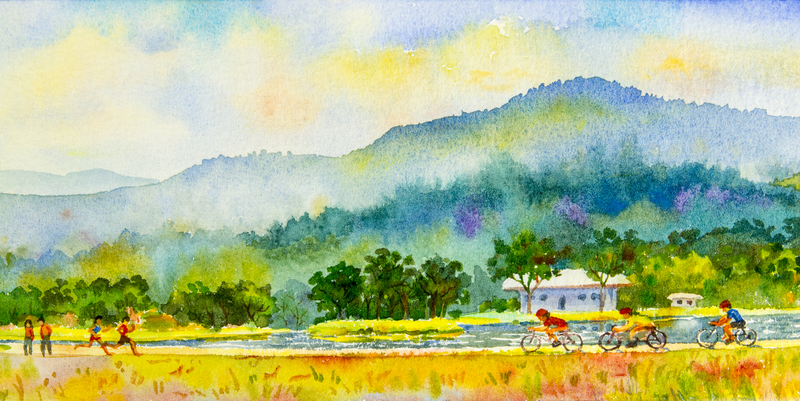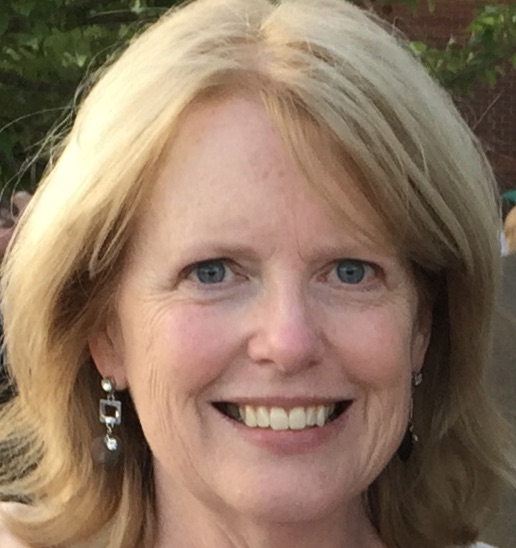Studies show that the number of books in your home library directly correlates to your child’s achievement. This isn’t surprising, because children who see books in the home, read books in the home, and are read to at home become better and more fluent readers. It’s reading practice.

Our home library is extensive. My professional books about teaching and learning fill an entire wall. Biographies, which I love to read, take up about six shelves of their own. There is a special bookcase holding books by and about E.B.White. Same with cookbooks. My husband’s library of program and project management, woodworking, and homebuilding books is significant, too. Our children’s books remain in the hundreds, although we’ve given many away.
Our children grew up surrounded by books, with everyone reading, going to bookstores, having weekly trips to the library, and stories every night before bedtime. Our family was immersed in reading practice.
When parents ask me how to improve their child’s reading, I encouraged them to:
- Consider themselves a critical part of teaching kids to read.
- Go to the public library and take out books your child finds interesting. (Take advantage of your tax dollars!) Let the librarian help find books at the proper reading level for independent reading.
- Read aloud together every day. Children’s picture books often have challenging vocabulary, so talk about the words as you go.
- Teach children the pleasure of browsing in a bookstore.
- Sign up for the classroom teacher’s book club–Scholastic or another one. This is an inexpensive way to build a home library with fun books your child chooses.
- Model reading at home every day: newspapers, magazines, books, Kindle, audio books. There’s something for every reader.
Your home library matters. How can you expand it to help your child today?











